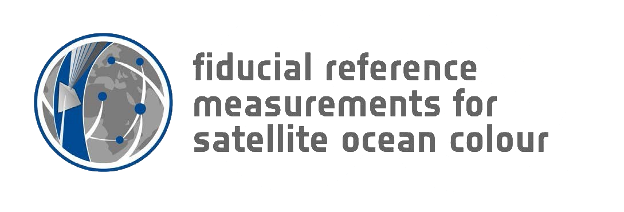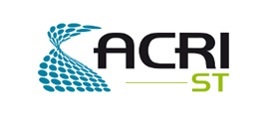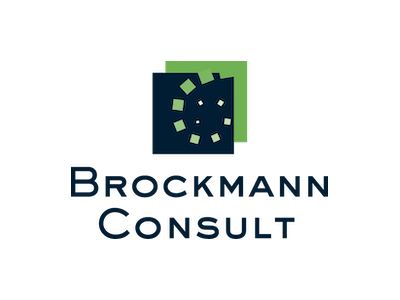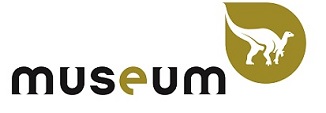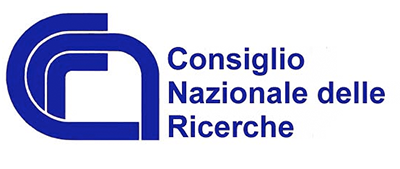FICE-2024: A Training Event on In situ Ocean Colour Above-Water Radiometry towards Satellite Validation in Acqua Alta Oceanographic Tower and Venice. We welcome PhD students, postdocs, early career researchers and all friends of the Ocean Colour Community.
We are delighted to open an invitation to a comprehensive training event on Ocean Colour (OC) In situ Above-Water Radiometric Measurements in the frame of the FRM4SOC-2 project, supported by the European Commission Copernicus Programme. The training is scheduled to take place on May 6–17, 2024, in the enchanting city of Venice and on the near-by Acqua Alta Oceanographic Tower.
Motivation
From year to year, the response of field optical radiometers to light changes significantly. This is especially relevant for those of us who target the water. Additionally, field radiometers are calibrated in laboratory-controlled conditions, which are very different from the conditions at sea. If not properly understood and assessed, these concerns can jeopardise the validity of your measurements, your validation results and algorithm calibrations! Even if you have not used a radiometer yet, we invite you to discuss and learn beside top experts in Ocean Colour in situ radiometry, who dedicate their lives to delving into the complexity of the physical processes that occur inside OC radiometers and in the field, constantly re-evaluating the impact of several uncertainty sources and enhancing measurement protocols and procedures, among many other intricacies. Are you interested in going beyond statistical assessments of your measurement results and discussing with us the challenges that field experts face at sea? Are you interested in acquiring standard tools to process raw outputs from radiometers to obtain measurements with metrologically sound uncertainty estimates, and perform satellite matchups? If so, keep on reading!
Event Context
The FRM4SOC-2 project – Fiducial Reference Measurements for Satellite Ocean Colour Phase 2, funded by the European Commission as a part of the Copernicus programme and implemented by EUMETSAT was launched in April 2021 with the aim of developing an operational and sustained network of radiometric in situ measurements and achieving a fiducial reference measurement (FRM) standard as defined by the Committee on Earth Observation Satellites. The goal is to ensure in situ measurements of the highest quality for satellite product validation and algorithm development. The project activities strive to provide support to the OC community by developing practical guidelines for calibration, characterisation, and use of radiometric instruments, in-field measurement procedures, evaluations of measurement uncertainties and conducting of comparison measurements. As a summit of this project, this training is offered with the overarching goal of broadcasting the acquired knowledge across the OC community to maximise FRM-quality OC validation for Copernicus and other OC missions.
Event details
The training event will consist of three main blocks:
Block 1: Introductory classroom lectures in ISMAR (Instituto di Scienze Marine) premises in Venice focusing on:
- Generalities of Ocean Colour Radiometry and the FRM concept
- Relevance of calibration and characterisation of OC radiometers
- Context of the FRM4SOC-2 project and pre-existing efforts (e.g. SIRREX, SIMRIC)
- In situ measurement procedures
- Health and safety during field measurements. Specificities of Acqua Alta Oceanographic Tower: characteristics of the site and routine measurements
- First outdoor demonstration on how to operate OC radiometers above water
- Guidelines for the estimation of uncertainties
- Introduction of HyperCP: HyperInSPACE – Community Processor to calculate remote sensing reflectance and associated uncertainties from TriOS and SeaBird raw measurements.
- Training on OCDB: Copernicus’ Ocean Colour Data Base
- Training on FidRadDB: a database of radiometric calibrations and characterisations obtained during FRM4SOC-2.
- Training on acquiring ocean colour satellite data from Copernicus Sentinel-3 via the EUMETSAT Data Store
- Training on ThoMaS – a toolkit to perform matchups with Copernicus’ S3/OLCI
Block 2: Hands-on fieldwork training at Acqua Alta Oceanographic Tower, (45.3142467 N; 12.5082483 E). R/V Litus will take participants from ISMAR to AAOT where the following activities will be covered:
- Assessment and recording of measurement conditions in the tower for the campaign date.
- Deployment and measurements with TriOS RAMSES OC radiometer systems above water, following procedures as detailed in block 1.
- Debrief on continuous measurements done in the tower with other radiometric systems.
Block 3: After fieldwork: preliminary results, lessons learned and closure at ISMAR (Venice). This final block will include:
- Analysis of the field experience and challenges faced.
- Processing the data obtained at AAOT with HyperCP. Interpretation of results.
- Processing outputs of HyperCP with ThoMaS to perform matchups with S3/OLCI.
- Submitting HyperCP outputs to OCDB and SeaBASS.
- Analytical methods to perform comparisons of in situ measurements (between TriOS sets but also continuous measurements done at AAOT).
Targeted audience
- A maximum of 20 participants will be accepted to join the training event.
- Anyone interested in the topics above with at least introductory experience in field measurements (not exclusively Ocean Colour radiometry) is welcome to submit.
- Advanced or senior experts are encouraged to apply, but priority will be given to PhD students, postdocs and early career scientists.
- Priority (not exclusive) will be given to applicants affiliated with institutions from Copernicus-contributing countries.
- Training, travel expenses, accommodation and per-diem will be covered either fully or partially by the Copernicus Programme.
- Selected participants may need to share accommodation with fellow participants.
What should applicants submit
- A summarised CV, no longer than 2 A4 pages.
- A motivation letter, no longer than 1 A4 page. The motivation letter must include information on:
- The background and interests of the applicant
- The ongoing and future projects in which the applicant is involved where he/she/they will apply the knowledge acquired during the training, e.g. planned fieldwork in different water types, algorithm development-related research, etc.
- Details on background expertise in Ocean Colour fieldwork
- Specifically, if existent, knowledge of above-water radiometry.
- Details on specific instruments with which the applicant already operated
- Technical experience working with large data sets in a suitable programming language.
- After the training, participants may be requested to submit either individual and/or group reports containing results from the experience and lessons learned.
Application deadline: Submissions were accepted until December 15, 2023, 12:00 CET.
Event Date: May 06–17, 2024
Location: Arsenale Castello, 2737/F, 30122 Venezia VE, Italia
Hosted By: Istituto delle Scienze Marine (ISMAR)
Questions? Please send an email to FICE2024_training@ut.ee
We look forward to see you in Venice!
Best regards,
The Executive Committee of FICE 2024
- Dr. Vittorio Brando - Institute of Marine Science (ISMAR, CNR), Italy
- Dr. Riho Vendt - Tartu Observatory, University of Tartu, Estonia
- Dr. Juan Ignacio Gossn - EUMETSAT - European Agency for the Exploitation of Meteorological Satellites
- Dr. Ewa Kwiatkowska - EUMETSAT - European Agency for the Exploitation of Meteorological Satellites

